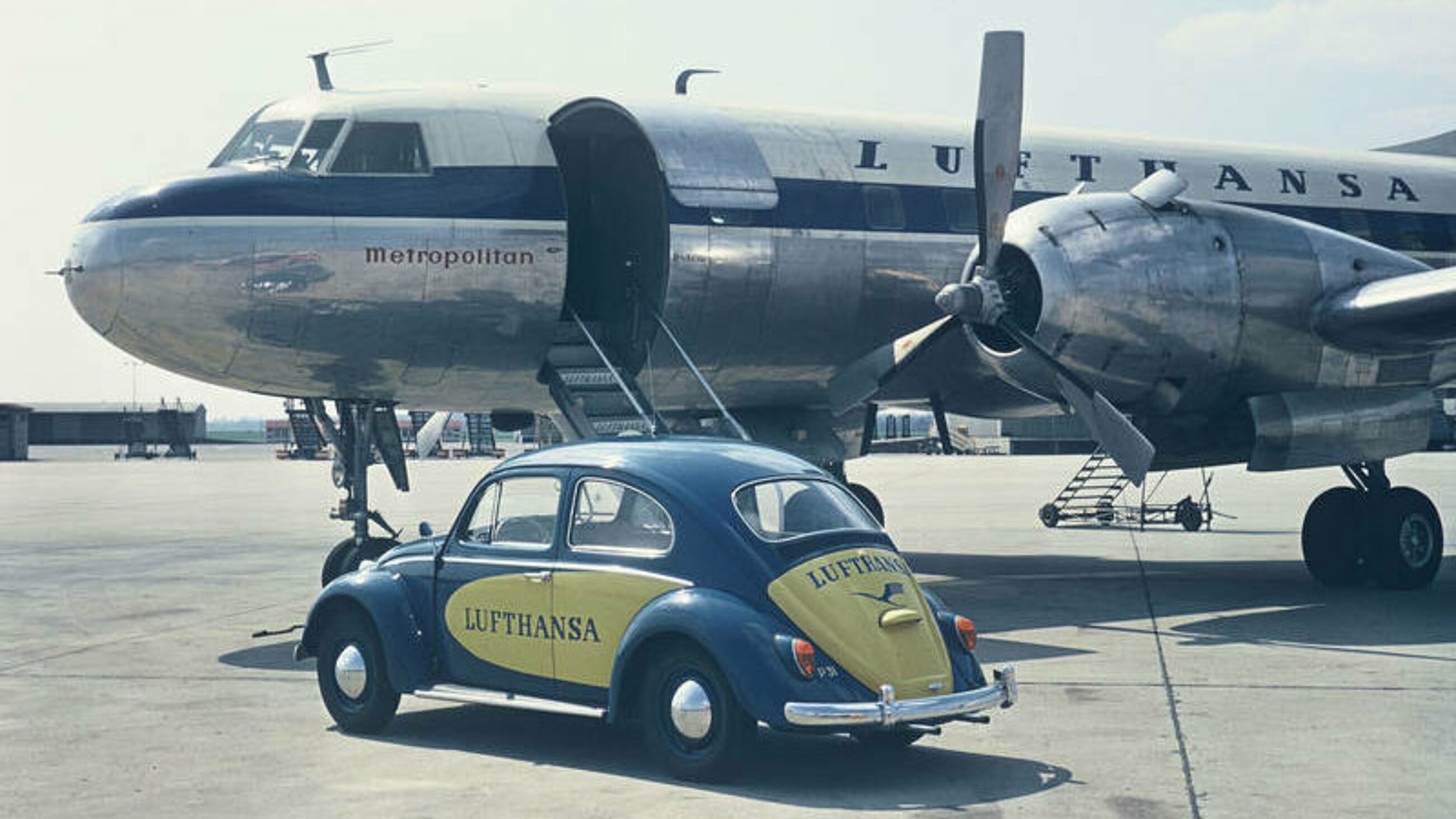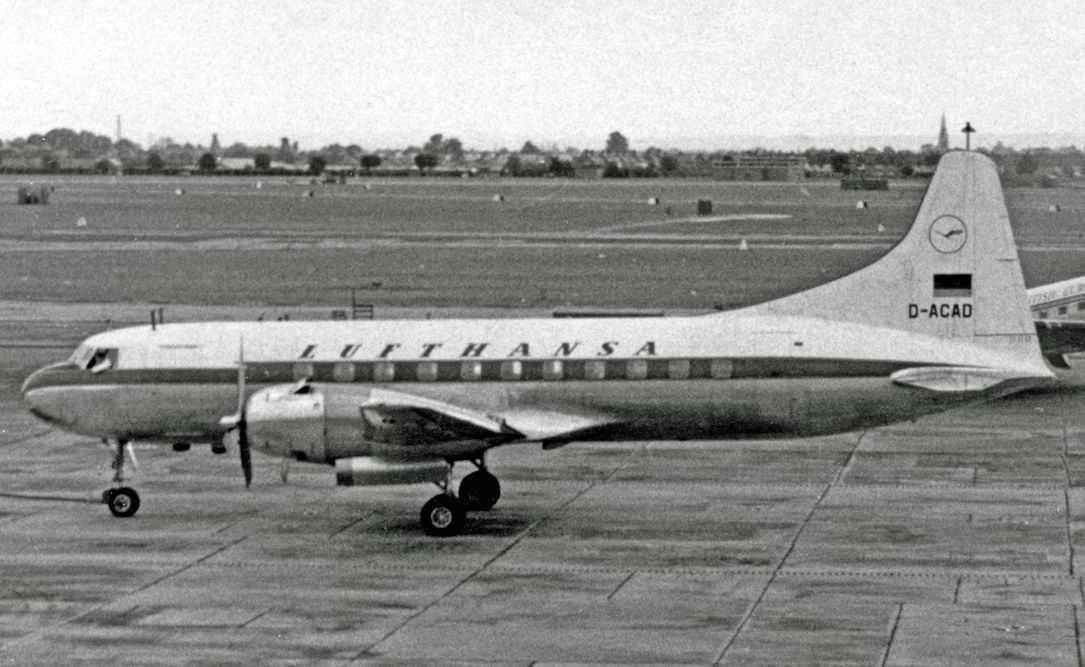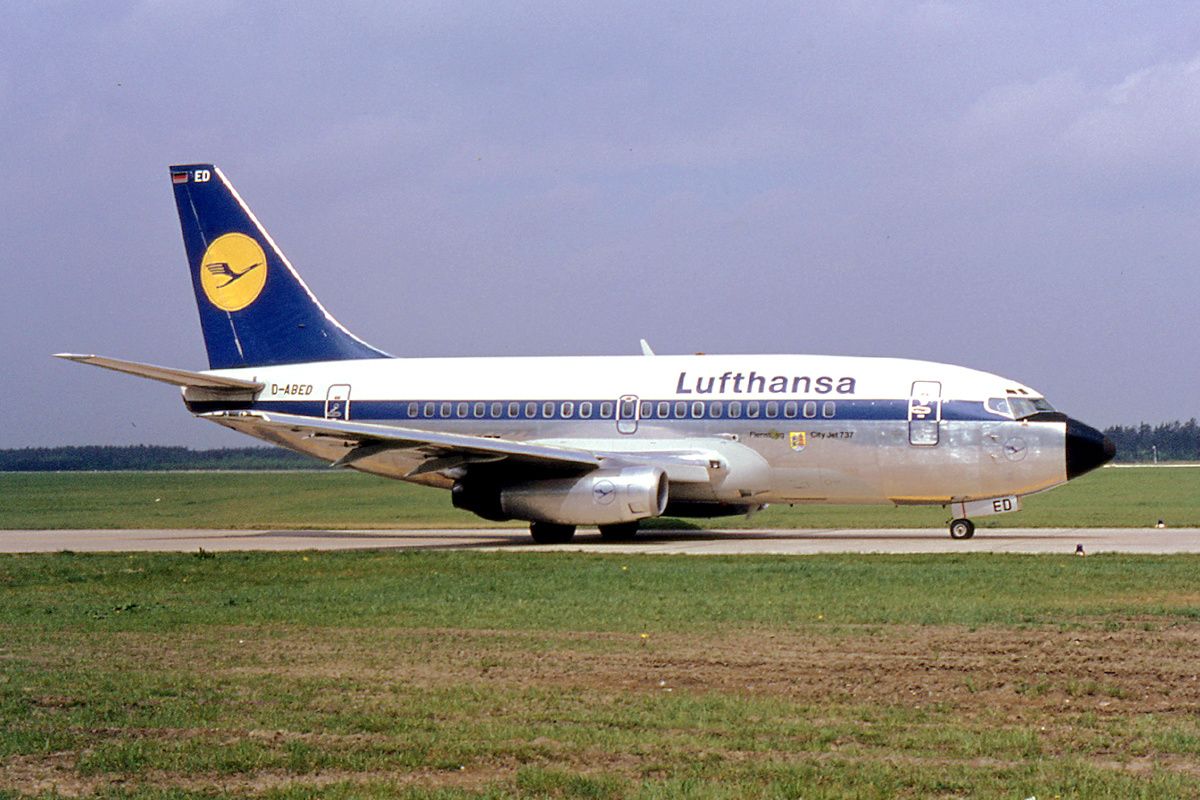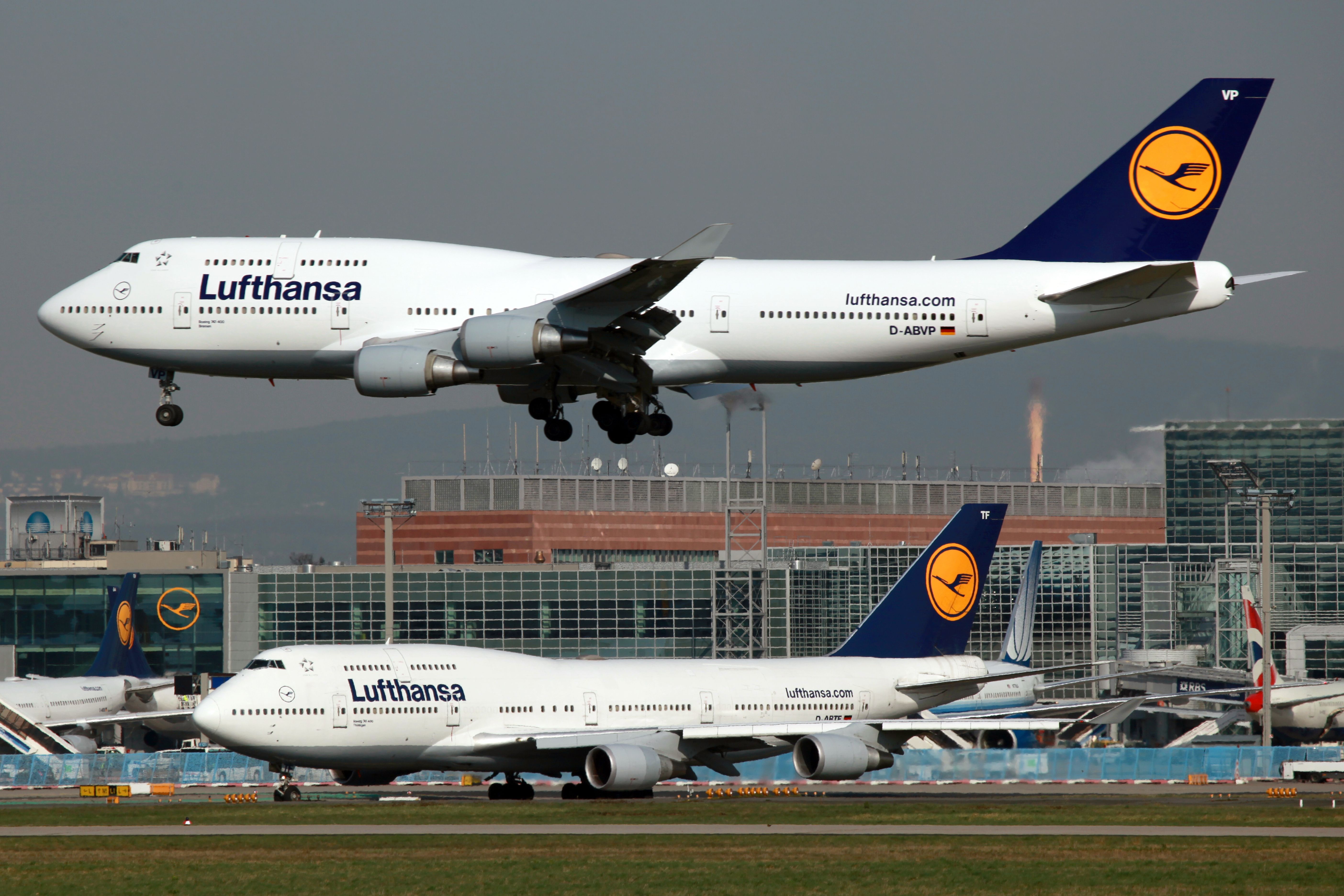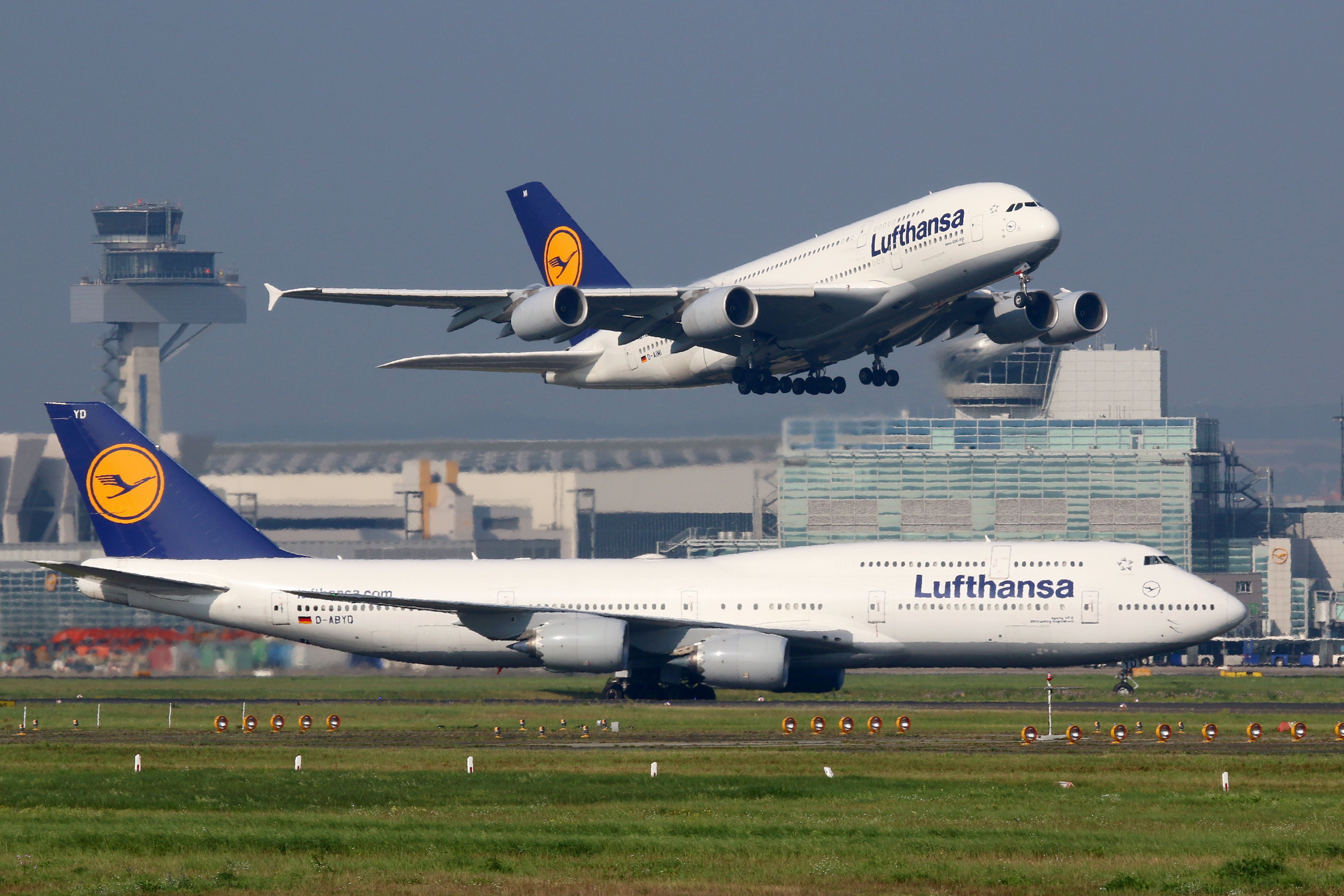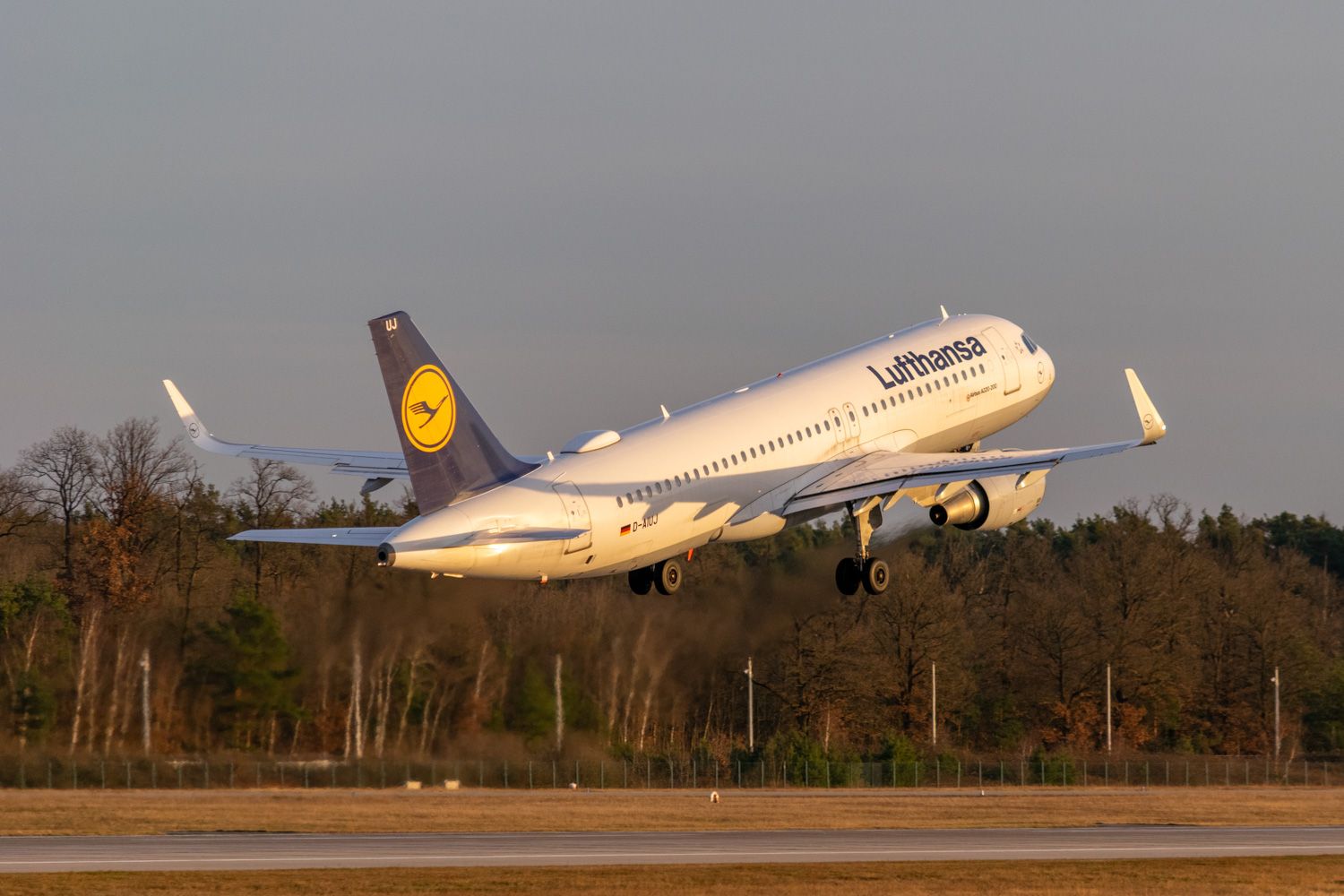Summary
- Lufthansa has a rich history dating back to the formation of Deutsche Luft Hansa in 1926.
- The airline played a significant role in post-war progressions.
- Lufthansa has continued to evolve and expand its fleet, becoming a global leader in air travel and aviation services.
Lufthansa is one of the largest airlines in the world, with numerous subsidiaries covering the whole aviation spectrum. Aside from the mainline, the company owns several other carriers, including SWISS, Brussels Airlines, Eurowings, and Austrian Airlines. It also has innovative specialist departments such as Lufthansa Systems and Lufthansa Technik. The Star Alliance member is headquartered in Cologne, and its primary hub is at Frankfurt Airport. Including subsidiaries, the firm holds a significant fleet of over 700 planes.
The name and logo of Lufthansa can be traced back to the formation of Deutsche Luft Hansa in 1926. This airline was the flag carrier of Germany until the end of World War II. In the years that followed the war, Germany was split into two, and Aktiengesellschaft für Luftverkehrsbedarf (Luftag) became West Germany’s airline in 1953. This carrier changed its name to Deutsche Lufthansa Aktiengesellschaft the following year, using the Lufthansa moniker. The new outfit would transition throughout the decades but remained the national airline even after the reunification of Germany.
Post-war progressions
Following Allied occupation after WWII, all of Deutsche Luft Hansa’s aircraft were seized. Luftag was founded on January 6th, 1953, and it bought the Deutsche Luft Hansa branding assets the following summer and named itself Deutsche Lufthansa Aktiengesellschaft (Deutsche Lufthansa Stock Company).
The East German government also tried establishing an airline in 1955 using the Lufthansa name. Nonetheless, East German authorities soon became concerned about potential legal issues. Therefore, Interflug was formed as a backup plan in 1958 following financial troubles. Deutsche Lufthansa was liquidated in 1963, and Interflug became the core carrier of East Germany.
Across the border, Lufthansa launched flights in 1955. A pair of Convair CV-340s got operations going on April 1st, 1955, flying to numerous domestic destinations, including Düsseldorf, Cologne, Hamburg, Frankfurt, and Munich.
That same year, international service started. Flights to New York were inaugurated in June 1955 with the help of the Lockheed Super Constellation. These early transatlantic flights took off from Hamburg and flew to the Big Apple via Düsseldorf and Shannon. In total, the flight took 17 hours to conduct.
Jet revolutions
These operations were then scaled up thanks to the start of the jet age, which saw Lufthansa choose the Boeing 707 to speed up flights across the Atlantic. Lufthansa introduced the 707 on its North Atlantic routes in March 1960. In fact, the introduction of the jet shook up operations across the board. For example, Frankfurt was placed as the main base for jet maintenance and operations, causing Hamburg to lose its role as the primary operating base for the airline.
Lufthansa showed its fondness for jet aviation throughout the 1960s. Interestingly, it became the launch customer of the Boeing 737 on February 19th, 1965, after it placed an order for 21 units of the twinjet. The airline received its initial 737-100 on December 28th, 1967, to become the first carrier outside the United States to launch a new Boeing aircraft.
Widebody opportunities
The airline continued to expand its fleet as its customer base grew. Passenger activity developed significantly with the arrival of the commercial jet, and Lufthansa continued to jump on this momentum in the 1970s. Lufthansa explains,
“Widebody aircraft with the latest technology were bought. In 1970, the Boeing B747 was deployed for the first time on long-haul routes followed by the tri-jet Douglas DC 10, and from 1976 the Airbus A300, the first wide-body twin-engine jet for medium distance flights. The airplane developed into a means of mass transportation. Lufthansa reacted by redesigning their route network with faster connections and fewer stopovers. Women also conquered the cockpits at Lufthansa with the training of the first two female pilots in 1986.”
Lufthansa is known for having operated widebody superjets throughout its history, with the Boeing 747 and the Airbus A380 being particularly iconic for the flag carrier.
The fall of the wall
The airline did not fly to Berlin until October 28th, 1990, amid the split between the two Germanys. Thus, it operated its first scheduled flight to Tegel Airport soon after the reunification, utilizing the Airbus A310. With the Berlin Wall fallen, Lufthansa became the proper flag carrier of a reunited Germany. However, despite representing the country in the new era, it became fully privatized in 1997.
This was the same year it became a founding member of Star Alliance, joining United Airlines, Air Canada, Scandinavian Airlines, and Thai Airways, setting up a robust global unit for the turn of the century. This organization is now the largest of the big three alliances, with 26 members and 40 affiliates. Overall, these initiatives were part of the company’s long-term strategy of becoming an international leader in air travel and aviation services.
The modern era
The airline continued to show its love for different widebody models in the 2010s. In May 2010, it became only the second Europe-based carrier to operate the A380, joining Air France in the superjumbo club. Then, two years later, it inaugurated the first Boeing 747-8i passenger service between Frankfurt and Washington. The operator then received its first A350-900, placing the twinjet on flights to Delhi and Boston.
Today, Lufthansa holds numerous departments that are aviation strongholds by themselves. Under its own brand, the company operates the A319, A320, A330, A340, A350, and 747. However, it also holds several additional models across its subsidiaries.
A look at Lufthansa operations nowadays
Lufthansa has become a household name across the aviation industry globally. The company is now part of the Lufthansa Group alongside other European carriers such as Swiss, Austrian, Brussels Airlines, and Eurowings. There’s also Lufthansa Technik, Lufthansa Cargo, and Lufthansa Systems, independent companies that carry the brand of the German airline.
As of September 2023, Lufthansa operates a fleet of 312 aircraft. It mostly flies with Airbus-made jets, although it also has 32 Boeing-made jets (eight Boeing 747-400s, 19 747-8s, and five 787-9s). Plus, Lufthansa has on order 21 Boeing 777-9s and 31 Dreamliner 9s.
The flag carrier has 33 Airbus A319ceos, 57 A320ceos, 33 A320neos, 57 A321ceos, 17 A321neos (plus 33 A320neos and 17 A321neos coming in the future) for narrowbody operations. For widebody services, Lufthansa has 11 A330-300s, 17 A340-300s, 17 A340,600s, 21 A350-90s, and 14 A380s. It also expects to receive ten A350-1000s and 30 additional A350-900s.
What are your thoughts about the history of Lufthansa since its founding? What do you make of the airline’s journey over the decades? Let us know what you think of the carrier and its operations in the comment section.

